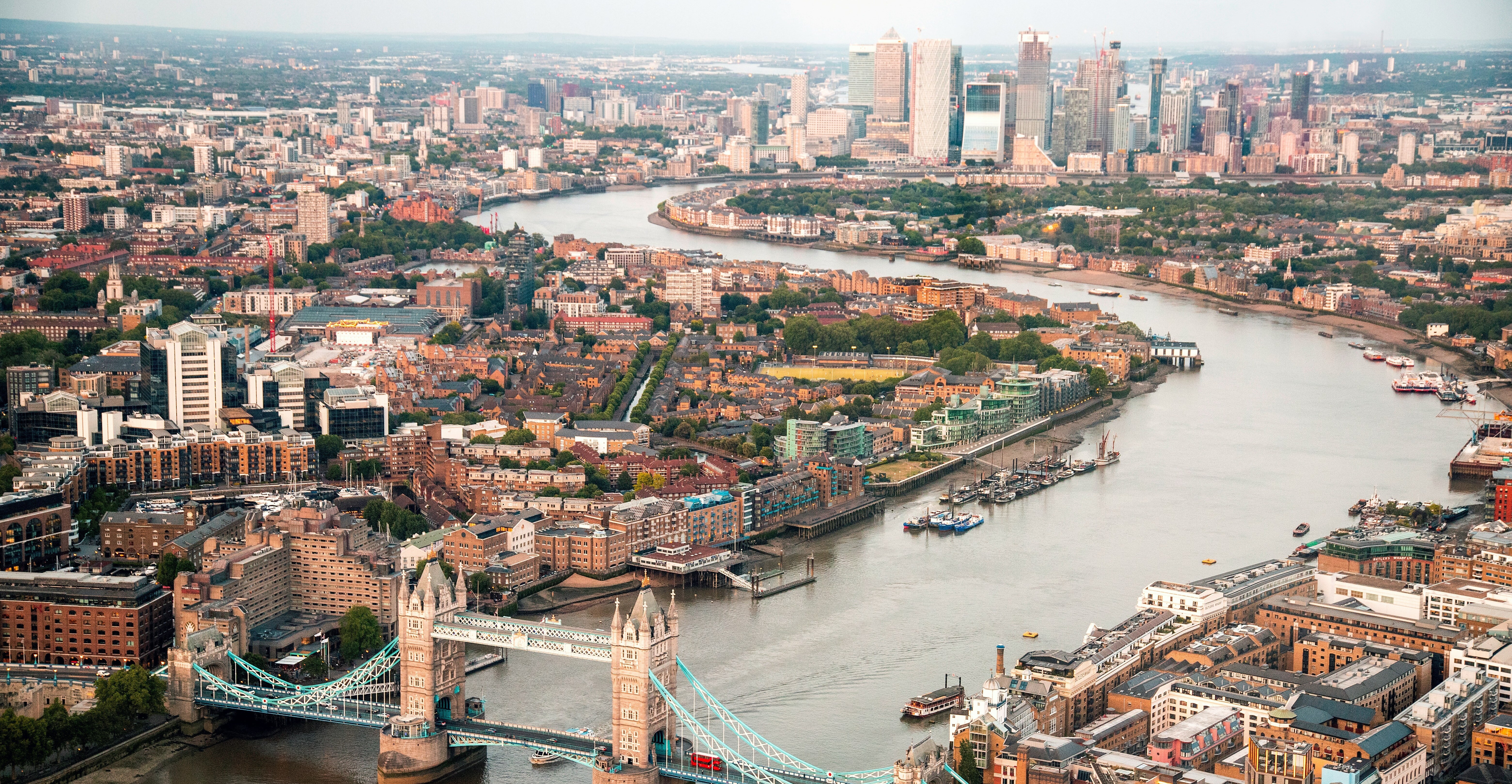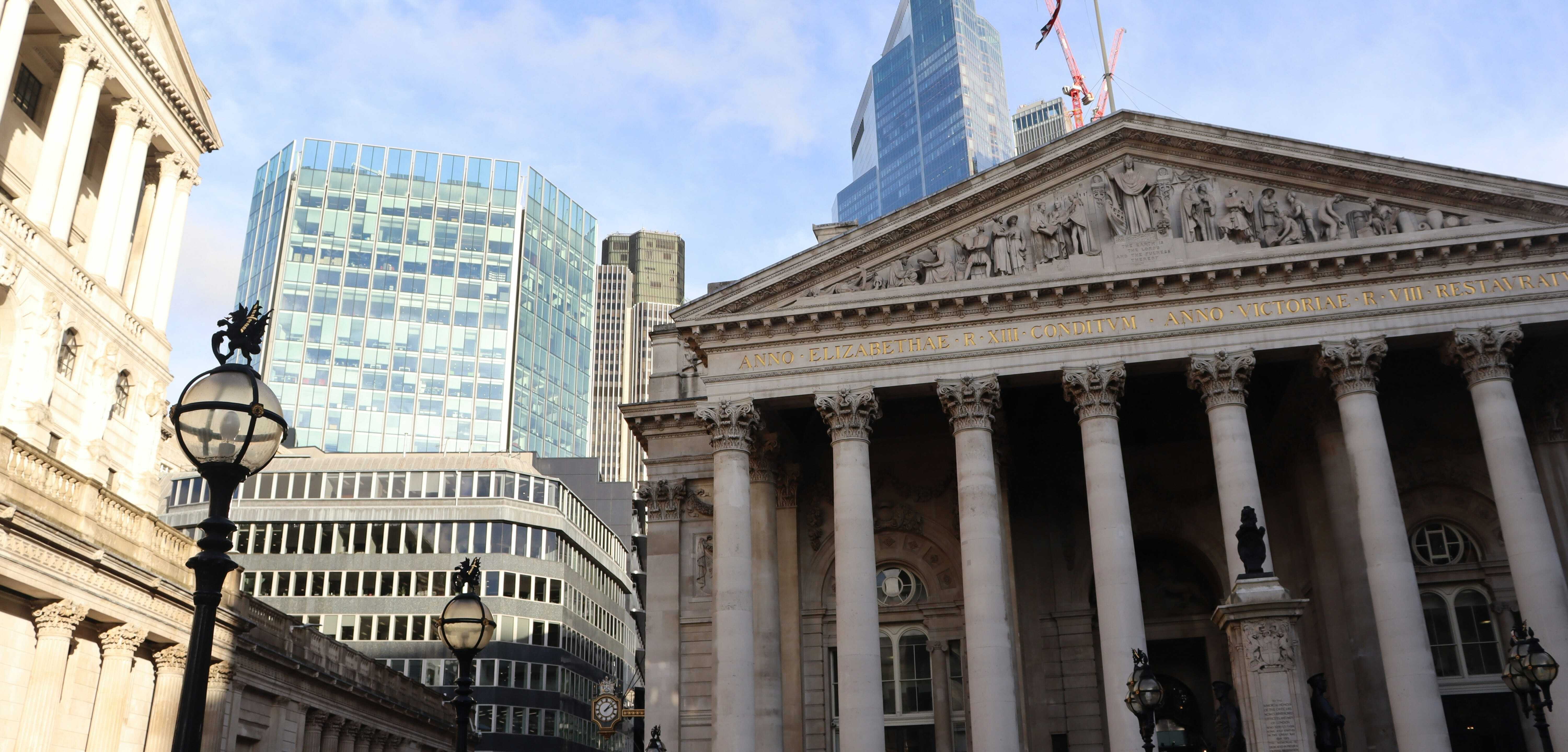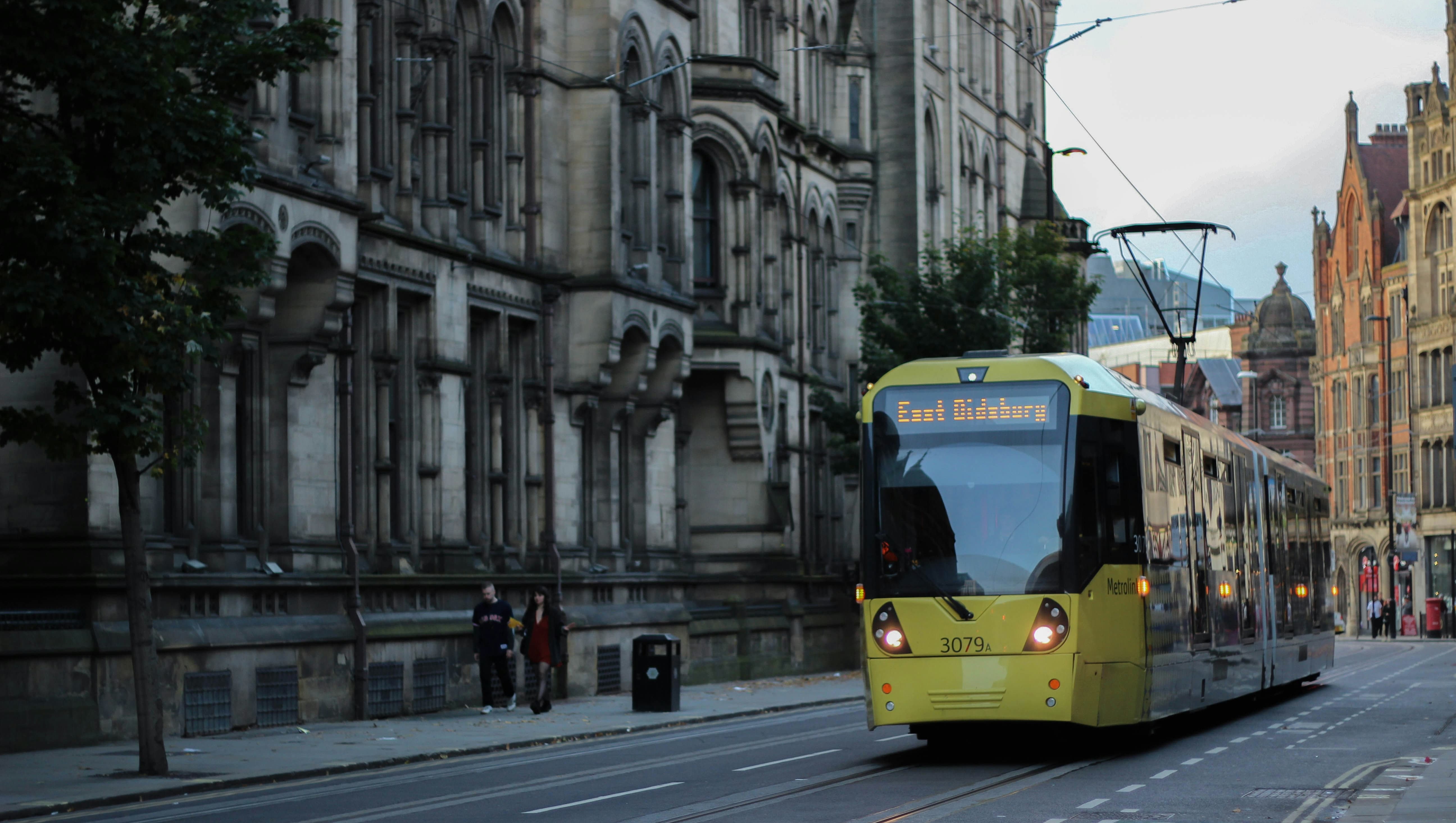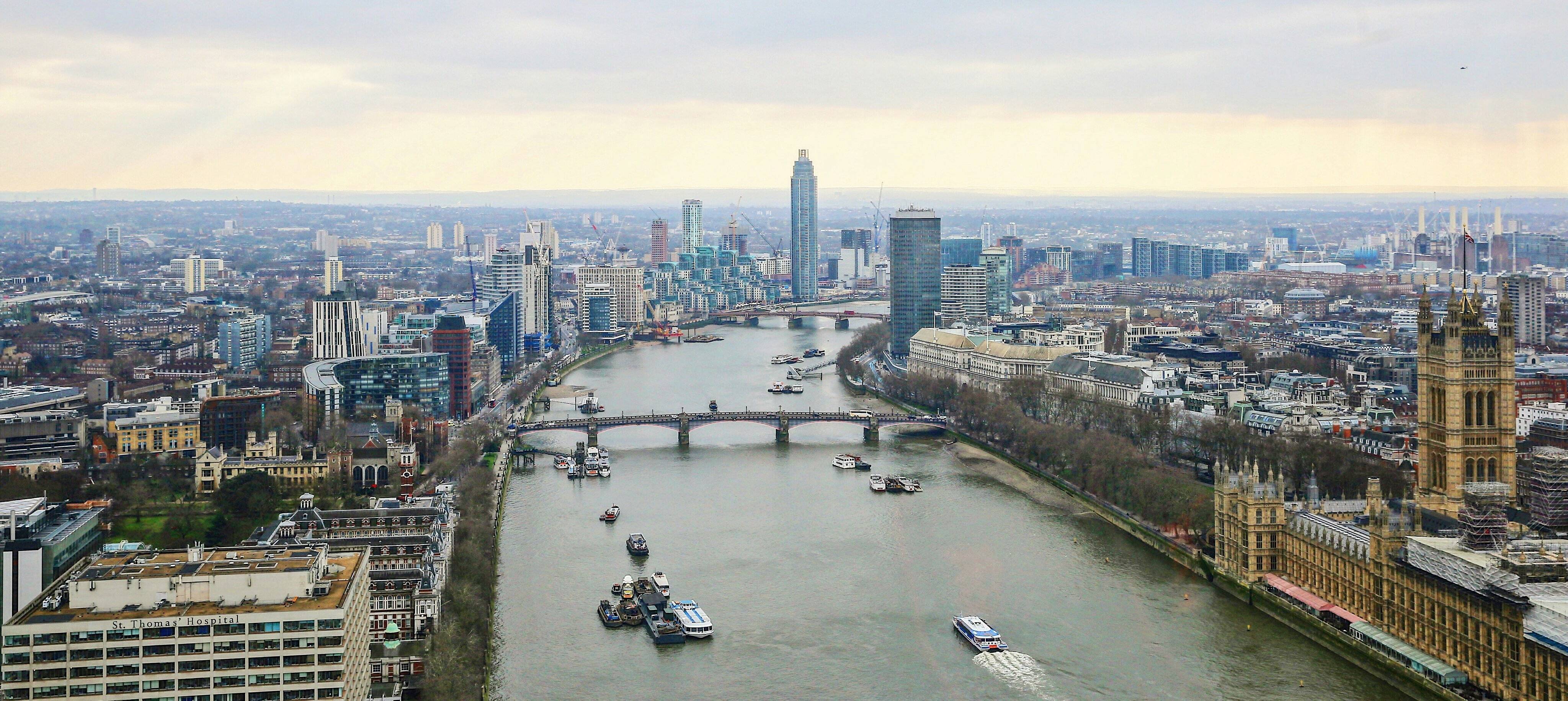
The UK property market offers up a complex and ever-changing landscape, with economic factors, regulatory shifts and local dynamics all influencing investment prospects. Property investment requires an understanding of the areas you are looking to invest. So, when you are considering where you might like to purchase your rental property, it's essential to look first at the fundamentals such as rental yields, property prices, tenant demand, local factors and market trends. These are the things I’ve focussed on, in compiling this list.
However, personal circumstances are, of course, vital to consider as well. One location could be a perfect choice for one investor and a poor choice for another. A hands-on landlord, wanting to manage their property themselves, has different priorities to hands-off landlords, who will pass near-all responsibilities to an agency. An investor wanting the higher risk-reward of a holiday let is a different investor to one, aspiring to use property as part of a long-term pension plan.
In making this list, I have made an assumption: that rental yield should be a primary deciding factor on which places qualify. Receiving strong yields, in stable and growing, local economies, will form the basis of a healthy portfolio. Some would disagree, opting instead for seeking out potential capital growth, which is to say, taking a bet on the future value of their investments. As I said in the last paragraph, all investors are different.
Which leads me to a related point. You may notice that everywhere examined below is either in the North of England or in Scotland. The North-South divide may be a pithy and annoying phrase or distinction but that rental yields are generally much higher in the North is a fact. This isn’t to say, you shouldn’t invest in the South. Far from it, there are plenty of fantastic opportunities there, particularly in those areas that are within easy commuting distance of the capital. And while yields might generally be lower in the South, capital appreciation is generally higher, so it all depends on the investment strategy you prefer.
Yet, for my purpose here of giving a quick evaluation of a few UK cities, that according to my criteria and the available data, present some of the best opportunities in the country, nowhere in the South made the cut and I extend my apologies to anyone who feels this to be unfair.
On a final note, if you like what you read here, we, at Property Investments UK specialise in helping landlords find perfect, high-yielding, off-market buy-to-lets to add to their portfolios. If this is the kind of thing that’s of interest to you, get in touch and we’ll be happy to help. Anyway, with my preamble and self-promotion over, let’s get on with this list.
1. Sunderland
 Investing in buy-to-let properties in Sunderland offers promising opportunities due to several unique factors. Sunderland's property prices are significantly lower than the national average, making it an attractive option for investors. The average property price in Sunderland over the last year has been around £167,338, compared to an English average of around £306,000 (ONS June 2023). Most importantly, however, Sunderland boasts amongst the topt, residential, long-let rental yields in the UK, with the postcode area SR1 in the city centre seeing a mean, average yield of 10.1%.
Investing in buy-to-let properties in Sunderland offers promising opportunities due to several unique factors. Sunderland's property prices are significantly lower than the national average, making it an attractive option for investors. The average property price in Sunderland over the last year has been around £167,338, compared to an English average of around £306,000 (ONS June 2023). Most importantly, however, Sunderland boasts amongst the topt, residential, long-let rental yields in the UK, with the postcode area SR1 in the city centre seeing a mean, average yield of 10.1%.
With these very high rental returns, coming from high rental demand, the city centre is a prime, investment area, particularly appealing to students, due to its proximity to the University and to young professionals, wanting to be close to amenities and leisure facilities. Families and older professionals will tend to prefer coastal areas such as Roker and Seaburn. Ashbrooke, known for its Victorian and Edwardian properties, green spaces and good schools, is also popular with this cohort.
The city is undergoing significant regeneration as well. Riverside Sunderland, a project aiming to redefine the city with housing in a new urban quarter, public amenities, leisure facilities and commercial spaces, is well underway. As the architects of the scheme put it, this the start of a “decade of change that will revitalise the heart of Sunderland and mobilise investment on an unprecedented scale”.
And it is true that the economy of Sunderland is looking up. While the city once had a reputation for post-industrial decline, it has turned that around. In 2021, GDP was estimated to be £7.6bil, with a growth rate of 3.6% between 2020 and 2021. Accounting for 16.7% of roles, manufacturing remains the largest sector but the digital and creative sectors are growing quickly. Unemployment is relatively low as well, with 97.3% of working age residents in employment, as of 2022.
So, let’s recap. Overall, Sunderland offers a compelling case for investing in buy-to-let, residential property. It has affordable property prices, some strong rental yields, is undergoing ambitious levels of regeneration, has a strong and growing local economy and in the city centre at least, very high levels of rental demand. With a difficult history, Sunderland is now, unquestionably, a rising star of the North East.
2. Glasgow
 Scotland’s second city, Glasgow, will offer some great deals for investors and buy-to-let landlords, who are interested in high yielding but relatively low cost properties. The average property price over the last year has been around £211,132, which is higher than the Scottish average of £189,000 (ONS 2023) but significantly lower than the UK average of £285,000. More significantly, Glasgow can offer some very high rental yields. The postcode area G4 in the city centre, for example, boasts an average long-let rental yield of 8.7%, with G1, G2 and G3 seeing between 7.1% and 7.7%.
Scotland’s second city, Glasgow, will offer some great deals for investors and buy-to-let landlords, who are interested in high yielding but relatively low cost properties. The average property price over the last year has been around £211,132, which is higher than the Scottish average of £189,000 (ONS 2023) but significantly lower than the UK average of £285,000. More significantly, Glasgow can offer some very high rental yields. The postcode area G4 in the city centre, for example, boasts an average long-let rental yield of 8.7%, with G1, G2 and G3 seeing between 7.1% and 7.7%.
These strong rental returns are supported by high rental demand. The city centre, particularly areas near the University of Glasgow and Strathclyde University, attracts a large number of students and young professionals. West End districts such as Hillhead and Finnieston are especially popular due to their vibrant cultural scene, amenities, and transport links. For families and older professionals, suburbs like Bearsden and Milngavie are preferred for their larger homes, green spaces, and reputable schools.
Glasgow is also undergoing significant regeneration. Signed in 2014 and ongoing in 2024, the Glasgow City Region Deal is a £1.13 billion investment to boost the local economy. This includes projects such as the redevelopment of the Clyde Waterfront, the creation of a new waterfront district at Buchanan Wharf and enhancements to public transportation. As part of this initiative, new residential, commercial, and leisure spaces are being developed, which are expected to attract further investment and improve living standards. At the time of writing the City Deal accounts for “21 high-profile infrastructure projects, made up of around 100 sub-projects”.
Glasgow has a diverse and robust economy, with a range of sectors contributing to its success. As of the 2021 Census the city has a population of more than 635,000 and sits at the heart of a metropolitan region with a population of 1.85 million, generating a GVA of £48 billion in 2021. Glasgow's metropolitan region is one of the 20 largest urban regions in Europe, and the city itself is well-established as a global business destination.
So, in Glasgow, we can see there’s a perfect investment formula: reasonable property prices, solid rental yields, high rental demand, ongoing regeneration projects and a dynamic and growing economy. With its rich cultural heritage and with strategic investment in urban development, Glasgow stands out as a prime location for property investors in Scotland.
3. Liverpool
 Liverpool is a buzzing, vibrant city with a distinct personality that is world-renowned for its sport, music, art, culture and architecture. It is inexpensive too, with low property prices that make it an attractive option for investors. The average property price in Liverpool over the last year has been around £215,115, which is well under the English average. Liverpool also boasts some of the best residential, long-let rental yields in the UK, with postcode area L5 boasting an average yield of 6.7% and most areas of the city, seeing well above 5%.
Liverpool is a buzzing, vibrant city with a distinct personality that is world-renowned for its sport, music, art, culture and architecture. It is inexpensive too, with low property prices that make it an attractive option for investors. The average property price in Liverpool over the last year has been around £215,115, which is well under the English average. Liverpool also boasts some of the best residential, long-let rental yields in the UK, with postcode area L5 boasting an average yield of 6.7% and most areas of the city, seeing well above 5%.
Again, like Sunderland and Glasgow, these high rental returns meet an equally high rental demand and Liverpool’s city centre offers the most lucrative opportunities, appealing, as it does, to students because of a proximity to the universities and to young professionals, wishing to enjoy a city lifestyle. Families and older professionals gravitate to the many suburbs on the city outskirts though Aigburth and Allerton to the southeast of the city are very popular, with larger residential houses and access to green spaces and good schools.
The city has several, significant regeneration works underway as well such as Liverpool Waters, which is a 5.5 bn, 30 year project to transform the northern docks into a vibrant mixed-use waterfront quarter. This project includes building new housing, public amenities, leisure facilities, and commercial spaces, marking a significant shift towards modern urban living that will transform the Liverpool skyline in the coming years.
The economy of Liverpool is also, certainly going in the right direction. While the city was in decline from the ‘70s to the ‘90s, in recent years, the wind has changed. In 2023, GDP was estimated to be £14.2 bn,, with one study claiming Liverpool as having the fastest-growing economy in the UK at a growth rate of 20% GVA. The service sector, including finance, legal, health and education, now dominates the local economy, but the creative and digital sectors are growing rapidly.
For property investors and buy-to-let Landlords, Liverpool should be something of a no-brainer. It is a city rich in culture and community and with low property prices, high yields and an ascendant economy, is a very good contender for the best place to invest in property in the North of England, if not the UK as a whole.
4. Bradford
 Bradford offers a compelling case for investors and buy-to-let landlords who are interested in high-yielding, yet affordable properties. The average property price in Bradford over the past year has been around £186,530, which significantly lower than the UK average of £285,000 (ONS 2023). More importantly for a cash-flow conscious investor, Bradford offers some very attractive rental yields. Postcode BD1 in the city centre, for example, boasts an average long-let rental yield of a whopping 11.6%, with BD3 and BD5 seeing between 7% and 7.5%.
Bradford offers a compelling case for investors and buy-to-let landlords who are interested in high-yielding, yet affordable properties. The average property price in Bradford over the past year has been around £186,530, which significantly lower than the UK average of £285,000 (ONS 2023). More importantly for a cash-flow conscious investor, Bradford offers some very attractive rental yields. Postcode BD1 in the city centre, for example, boasts an average long-let rental yield of a whopping 11.6%, with BD3 and BD5 seeing between 7% and 7.5%.
These robust rental returns are supported by high rental demand. Areas like Little Germany and Manningham are especially sought after due to their cultural scene, amenities and good transport links. The city centre is popular with students and young professionals and for families and older professionals, suburbs such as Little Hortan, Shipley, and Guiseley are preferred, as are orbital towns such as Ilkely and Farsley.
There is a lot going on in the city. Bradford has been awarded City of Culture, 2025, meaning a programme of cultural events and considerable investment are to come. And while Bradford does not have regeneration projects on the scale of the other cities we have looked at so far, there is plenty that is happening. Bradford Council has just purchased the shopping centre in Kirkgate, so that it can be demolished to make way for a new city village of 1,000 new homes and a business hub. Additionally, One City Park is a recently-built office space development, expected to become home to at least 450 new jobs.
With a population of around 552,600 (2023 estimate) and sitting in a metropolitan region with a population of over 2.3 million, Bradford has a diverse, optimistic economy, with a range of sectors contributing to its success. Bradford generates a GVA of approximately £9.2bn, with around 17,285 businesses. The local economy is supported by a mix of manufacturing, finance, digital industries, and the creative sector, making it a well-rounded business destination.
While it is true that growth in Bradford over recent years has been slower than the UK as whole, it remains steady and stable. And with high, reliable yields on residential property, it deserves careful consideration by landlords and investors, looking for their next property.
5. Preston
 With a young population, a growing and well-connected economy, high rental yields and affordable prices, Preston, while a lesser-known UK city and the smallest conurbation on this list, is unquestionably a property investment hotspot. The city has an average property price of around £177,167 (over the last year) and high, long-let, rental yields, with an average return of 6.4% in postcode area PR1).
With a young population, a growing and well-connected economy, high rental yields and affordable prices, Preston, while a lesser-known UK city and the smallest conurbation on this list, is unquestionably a property investment hotspot. The city has an average property price of around £177,167 (over the last year) and high, long-let, rental yields, with an average return of 6.4% in postcode area PR1).
Following what you will now recognise as a familiar pattern, Preston’s high rental returns are a product of low prices and growing rental demand. The city centre is popular with the city’s student population and young professionals. For families and older tenants, suburbs such as Penwortham, Walton-le-Dale, and Broughton are preferred, as are surrounding towns such as Longridge and Garstang. Fulwood and Ashton-on-Ribble are more sought after for those looking for a suburban, cultural scene that has access to a full range of amenities and transport links.
There is significant regeneration and development in and around the city too. The Preston and Lancashire City Deal will see £434m invested in Preston and South Ribble, meaning 20,000 new jobs and 17,420 homes, as well as 72ml invested in road infrastructure. Key projects include the construction of the Preston Western Distributor Road, the expansion of the University of Central Lancashire campus, and the regeneration of the Harris Quarter, which includes new retail, leisure, and cultural spaces.
Preston is traditionally a city associated with engineering and industry and remains a significant hub for the UK's defence and aerospace industries, with BAE Systems having two major facilities located on either side of the city. The city's proximity to the M6, M55, and M65 motorways also makes it a hub for freight and haulage companies. But Preston's economy is increasingly diversifying, with a shift towards the service sector, including financial services, tourism, digital services and retail.
Preston has an attractive combination of affordable property prices and high rental yields, supported by strong rental demand. Significant regeneration projects, such as the City Deal and Harris Quarter development are set to enhance infrastructure, create jobs and stimulate further investment. In short, the city is an attractive proposition for tenants, placing this small city, in my opinion, in the top-5 UK environments for buy-to-let investors.
If you want to explore property investment further, you can dive deeper into the different types of rental properties in GetGround's articles on HMO properties and holiday let investments.
This is for your information only – you shouldn't view this as legal advice, tax advice, investment advice, or any advice at all. While we've tried to make sure this information is accurate and up to date, things can change, so it shouldn't be viewed as totally comprehensive. GetGround always recommends you seek out independent advice before making any investment decisions.
Streamline your entire property investment journey
GetGround is the all-in-one property investment platform designed for high returns, with low effort. Built for every stage of the journey, you can find, finance, structure and sell your property investment. No matter if you’re an experienced landlord or a first-time investor - we’re here to help.
Robert Jones, Owner at Property Investments UK
Discover our recent property investing articles:
The Impact of Interest Rate Drops on UK Property Investors
On February 6th, 2025, the Bank of England announced a reduction in its base interest rate from 4.75% to 4.50%. Although an expected announcement, ...
Best Investment Property Locations in 2025: UK Regional Hotspots
The UK property market is becoming increasingly regionalised, with significant differences in growth potential, rental yields, and demand across the ...
How Economic Factors Can Impact UK Landlords
Even with the recent volatility of the UK economic market, the UK property market has remained resilient with homeowners and property investors still ...


